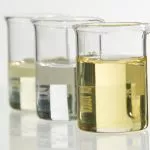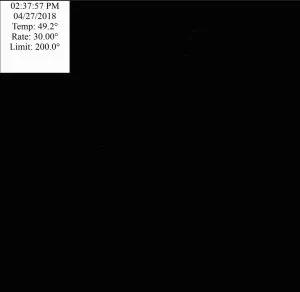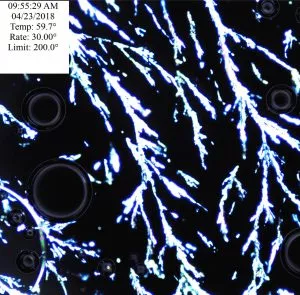Measuring saturation solubility in lipid excipients
Obtaining solubility data in a sufficiently broad range of lipid excipients is the first step towards the development of a lipid-based formulation. Solubility is an indication of expected drug load and performance of the formulation.
Solubility testing: part of the LBF development

A systematic approach is recommended to develop lipid-based formulations:
- Assessing the solubility of the drug in various excipients
- Evaluate miscibility and dispersion of selected excipients for ternary diagramming
- In vitro lipolysis testing
For more information:
A Systematic Approach to Lipid-Based Formulation Development for a Poorly Soluble API, Fenofibrate
Masumi Dave, M.S., Jason Le Pree, Ph.D., R.Ph.
Measuring saturation solubility
Principle
The solubility of a solute (API) in a solvent (lipid excipient) is measured as the saturation concentration, i.e. when adding more solute does not increase the concentration of the solution and the excess amount of solute begins to precipitate.
In liquid excipients crystals can easily be observed when saturation solubility is attained, whereas for solid and semi-solid lipid excipients techniques such as differential scanning calorimetry (DSC) and/or hot stage microscopy (HSM) are required
Measuring saturation solubility in liquid lipid excipients
In liquid excipients, solubility data can be obtained by the equilibrium solubility method at ambient temperature and is evaluated using (Ultra) High Performance Liquid Chromatography (UPLC/HPLC).

Measuring saturation solubility in solid and semi-solid lipid excipients
Two methods can be used, alone or in combination, to estimate drug solubility in solid and semi-solid lipid excipients: Differential Scanning Calorimetry and/or Hot Stage Microscopy.

Measuring solubility with Differential Scanning Calorimetry (DSC )
A depression in melting enthalpy of the solid solvent is observed as the solute is solubilized in the solvent. As the concentration of the dissolved solute increases, the energy required to melt the solvent falls until saturation solubility is attained. At concentrations above the saturation solubility, the depression in the melting enthalpy is not observed, and a break in the downward trend is seen.
Measuring solubility with Hot Stage Microscopy (HSM)
Crystalline materials exhibit birefringence under cross polarized light. If the drug is completely solubilized in the excipient, no birefringence is exhibited at temperatures above the melting point of the excipient. However, at concentrations above saturation solubility, birefringence is observed at temperatures above the melting point of excipient because the drug is not completely solubilized. Based on this information, the range for saturation solubility of the drug in the excipient is determined.
Left picture: 375 mg ibuprofen / g Gelucire® 50/13 : no crystal
Right picture: 400 mg ibuprofen / g Gelucire® 50/13 : crystal
Hence, limit of solubility for ibuprofen in Gelucire® 50/13 is 375 mg/g

